Intro
I’m sure you’ve heard of the Paleo diet by now, if not have you been living under a rock? 🙂
In this article I’m going to be answering the question, “what is the Paleo diet.” I’ll also explain how it’s helped me heal my gut issues, improve body composition and aided me in getting my day to day focus back.
The term Paleo comes from how our ancestors ate and lived during the Paleolithic time period, which we’ll go into detail below.
John Lubbok, an archaeologist in the year 1865, created the term “Paleolithic” from the Greek words “palaios” (which means old) and “lithos” (which means stone). These words together mean “old stone age” which refers to a time period known as the Paleolithic era from 2.6 million years ago to about 10,000 years ago.
How The Paleo Diet Works
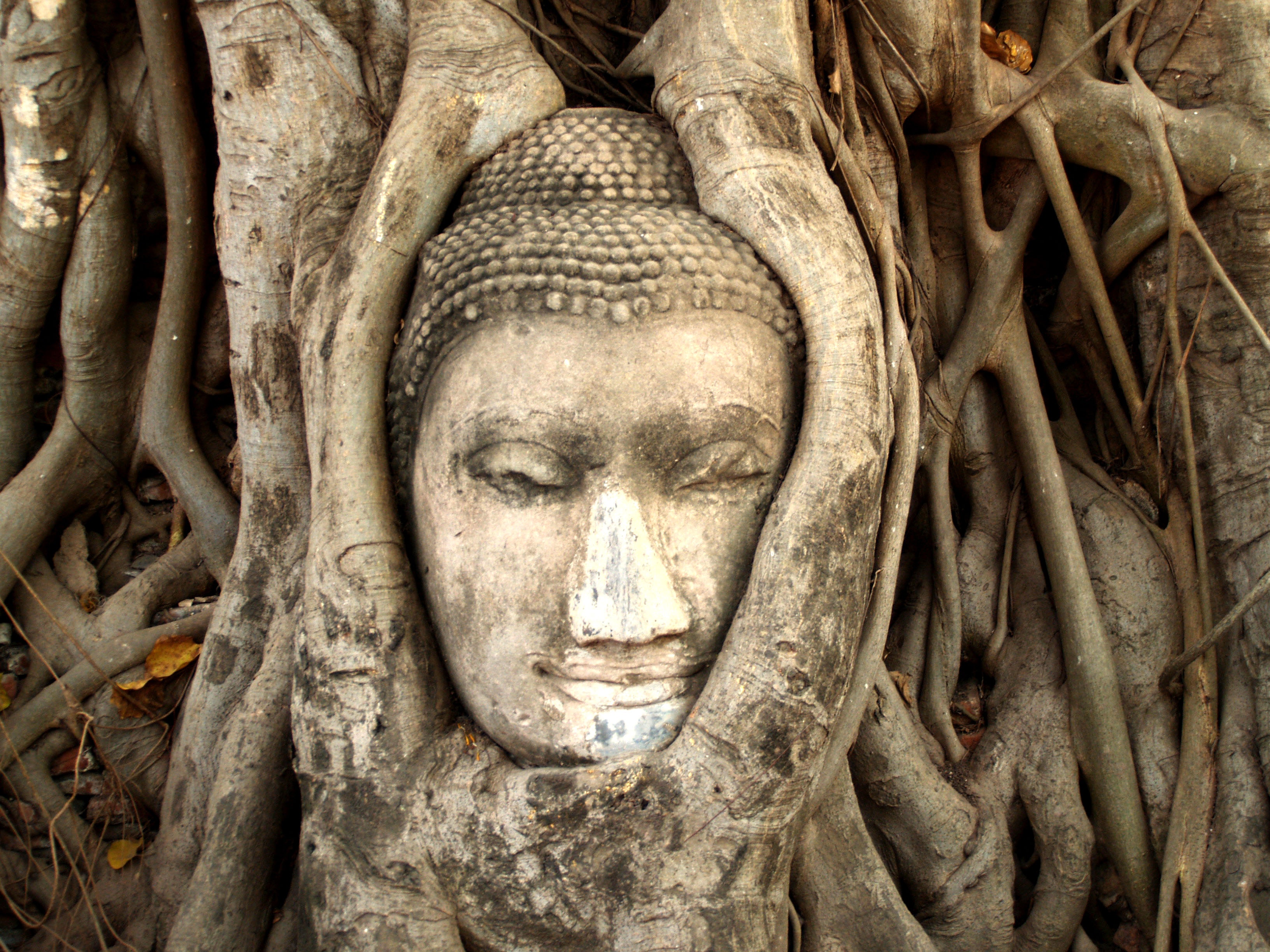 The Paleo diet works by eating like our ancestors ate 10,000 or more years ago when they lived in the hunter-gatherer era.
The Paleo diet works by eating like our ancestors ate 10,000 or more years ago when they lived in the hunter-gatherer era.
That means that humans back then would typically be running around the world chasing animals to eat. They would travel solo and in tribes with their families continuously hunting for their next meal.
At times they would pick at what’s available, such as berries, fruits, healthy-fatty foods, nutrient dense vegetables, greens, plants, nuts and more that was readily available to eat.
These humans were exquisitely healthy because they were getting a plethora of nutrients in their diet, not overeating on processed junk food, and physically active every single day.
The Paleo diet today works by eating meats, fish, vegetables, greens, nuts, healthy fats and other foods similar to what our ancestors ate throughout the Paleolithic era.
By eating that way we can take back our health, keep in shape and avoid multiple diseases that affect humans today.
There’s an abundant amount of studies and research that show how a modern diet of processed foods, unhealthy carbs, bad fats, low quality protein, GMO ridden vegetables and sugar is causing obesity and disease that’s so rampant in our society today. (here’s one study that reflects how our western diet disrupts our health)
How Did We Get Here?
 So, how did we get to where we are today with disease and obesity running so wild in our society?
So, how did we get to where we are today with disease and obesity running so wild in our society?
Because of:
- Agriculture
- Animal husbandry
- Industrialization (more modern day for processing foods)
In this study, they describe that a major shift in our diet and lifestyle conditions began with the discovery of agriculture and animal husbandry.
This was not all bad though because it allowed humans to stop having to chase their food all around the world every time they wanted to eat. When our ancestors finally could settle down that’s when more intellectual discoveries came about as well which helped lead us to our internet today!
However, the drawback of settling down is that humans back then got significantly less nutrients in their diet and with the discovery of grains they had a myriad of stockpiled food so the need to physically move lessened as well.
Our Bodies Haven’t Adjusted
Even though our bodies are impressively capable when it comes to evolution we still haven’t quite gotten used to eating the amount of grains, diary, legumes and (especially) processed foods we consume today.
There’s a good example of this by Robb Wolf:
Robb, creator of the book The Paleo Solution, says to think about a football field.
Now, the first 99.5 yards of the field are how humans have eaten throughout our evolution as a species. That includes eating like a hunter-gatherer consuming wild animal protein, fish, berries, plants, greens, nuts and other nutrient dense foods in a wide variety.
So now imagine those last .5 yards are about the last 10,000 years leading to current day.
As a reminder, 10,000 years ago is about when our ancestors discovered agriculture, leading the human civilization to settle down, eat fewer diverse nutrient-dense foods and physically move less.
Our bodies have adapted for so long on this Paleo-like diet (roughly 99.5 percent of our evolution as a species) that we just haven’t had time to adjust yet which is why we have an abundance of disease and obesity in our society today.
So, Do I Have To Live Like A Caveman To Be Healthy?
No.
The whole caveman symbol that people use today is just to resemble how our ancestors ate and remind us of what we should be eating that’s most aligned to how our bodies evolved.
It’s not about eating exactly what our ancestors ate and living life just like them. That would actually be quite difficult today but there are still people in the world that live like that, just not in modern societies with Walmarts and McDonalds.
The Paleo diet and the caveman logo are more of a guideline for living a certain lifestyle such as eating pure foods (that grew from the ground or at one point walked on it), avoiding bad meals and to stay physically active in order to not screw up metabolic, immune and digestive functions.
- This study shows that eating on a Paleo diet can improve metabolic and physiologic functions.
- They took 9 sedentary human volunteers and put them on a Paleo diet for 10 days
- Results: It had a positive effect on some functions such as improved blood pressure, improved glucose tolerance, increased insulin sensitivity, decreased insulin secretion and improved lipid profiles.
What Foods You Can Eat On The Paleo Diet
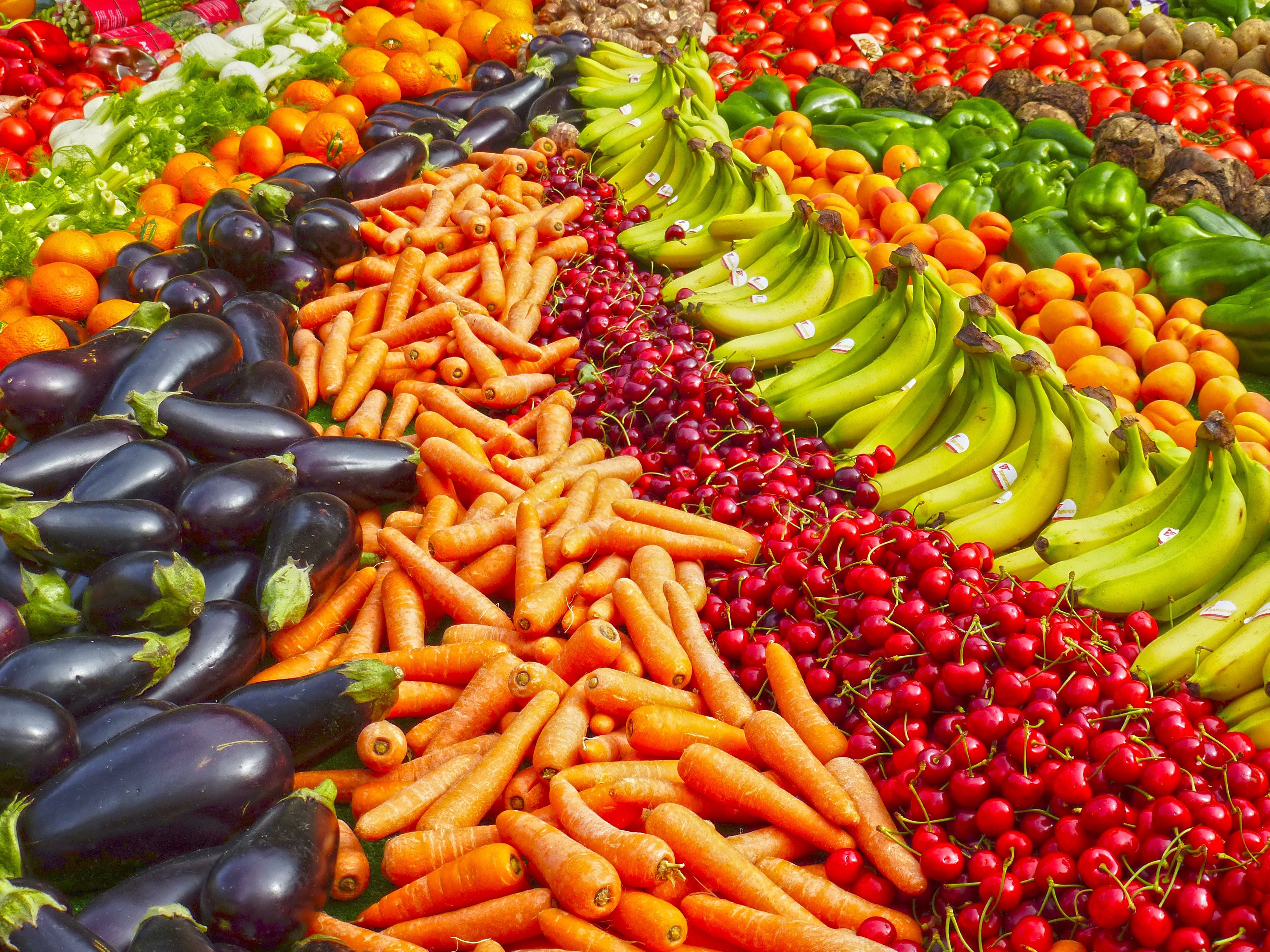 Like we’ve mentioned before, the goal with the Paleo diet is to eat a diet resembling what our ancestors ate more than 10,000 years ago during the Paleolithic era living as hunter-gatherers.
Like we’ve mentioned before, the goal with the Paleo diet is to eat a diet resembling what our ancestors ate more than 10,000 years ago during the Paleolithic era living as hunter-gatherers.
However, it would be quite hard to eat EXACTLY like they ate because they consumed things that are not necessary today such as eating bugs and other critters that just aren’t quite as important for us to eat. (however there are cricket bars out there!)
We’re going to look at how our Paleolithic ancestors ate as a guideline to what to consume today.
FOODS THAT ARE OKAY TO EAT:
- Meat: Protein from various animals, including the fattier portions
- Examples: Lean beef, lean pork, lean poultry, Eggs, rabbit meat, organ meats, game meat
- Veggies: Rich in nutrients, antioxidants, vitamins, minerals
- Sweet potatoes and yams are a great source of carbs too
- Examples: Asparagus, beets, radish, rutabaga, seaweed, spinach, squash, tomato, eggplant, kale
- Seafood/fish: Strong source of omegas and fats that’re hard to find from other foods
- Examples: Bass, cod, drum, eel, shark, tilapia, trout, tuna, mullet, snapper
- Fats: Saturated fats, coconut oil, lard, duck fat, beef tallow, avocado oil, olive oil, macadamia oil
- Nuts (in moderation): Nuts in moderation because they contain a high amount of fat for how many you can consume and may interrupt your weight loss goals. Also, most nuts contain an unfavorable omega 6 to omega 3 ratio; however nuts are still healthy and okay to eat in moderation. The best nuts to eat are going to be Walnuts, Macadamia nuts and Pecans.
- Fruits (in moderation): Fruits in moderation because some fruits can be high in sugar
- The guy who wrote the book Paleo Diet, Loren Cordain, PhD, says that he ranks fruits according to a Total Metabolic Fructose (TMF) level.
- So fruits with a higher TMF level tend to have higher sugar content and are higher on the glycemic index scale
- Stay away from those high TMF, thus high in sugar, fruits such as dates, (all) dried fruits, mangoes, grapes, pineapple, plums, oranges, melons, plums and a few others.
- Good fruits to focus on that are rich with antioxidants, low in TMF ranking and low in glycemic index would be berries of any kind (blueberry, raspberry..etc), peaches, tomatoes and a few others.
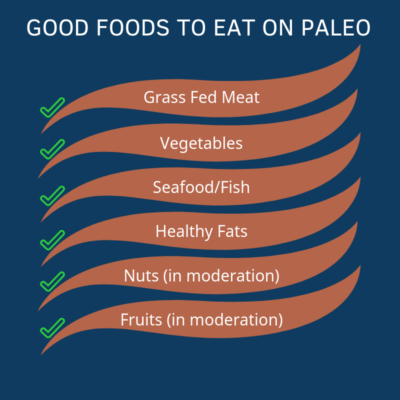
Eating these foods really helped with a lot of my digestion issues. I’ve had severe bloating, food reactions, autoimmune problems, gut permeability malfunctions and more that have left me quite miserable.
As I changed my lifestyle to eat more foods reflecting this list above I started to notice I felt better, I could digest these foods easier and my palate was happy because of all the variety I was starting to include in my diet.
What Foods To Avoid On The Paleo Diet
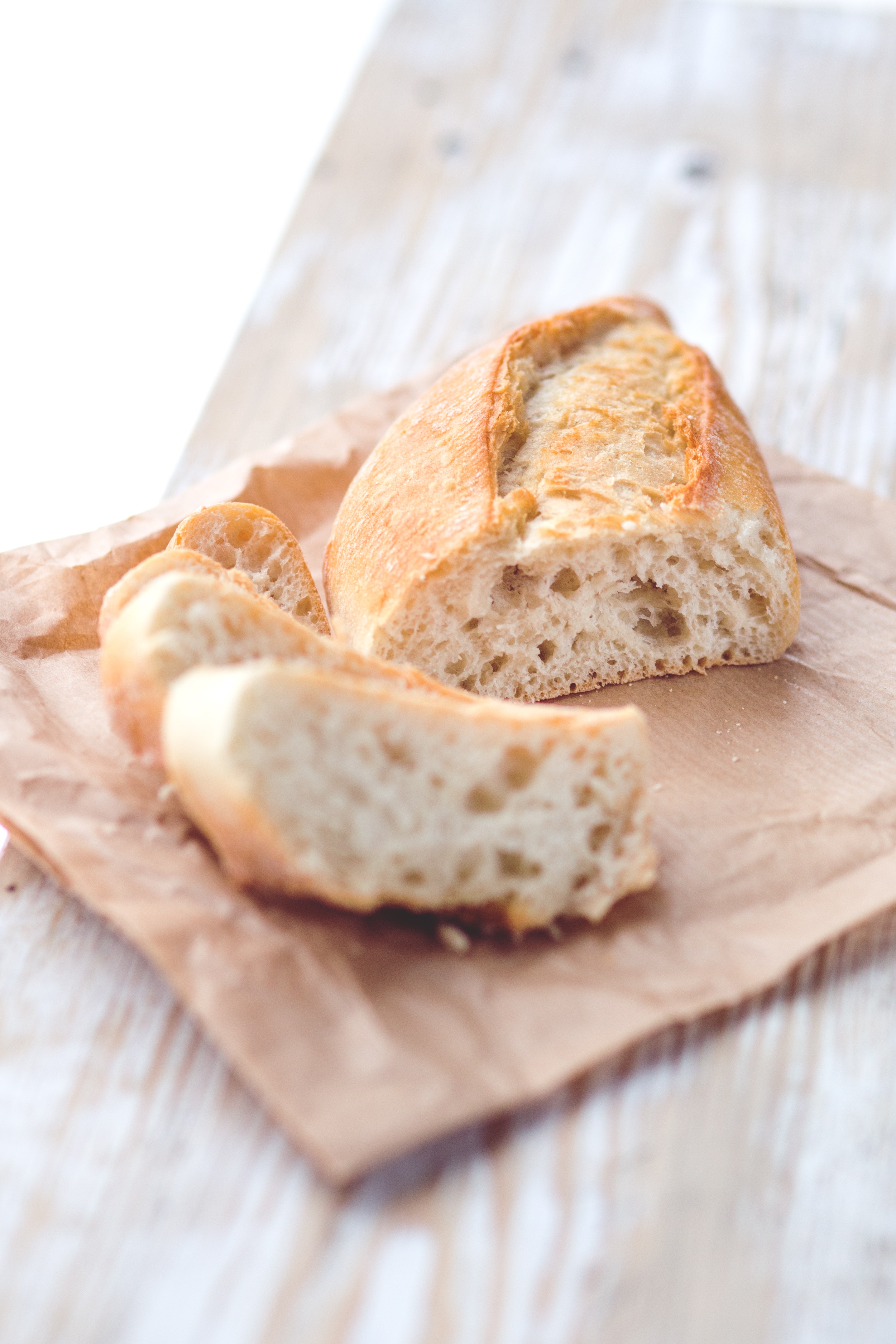 Avoiding certain bad foods is as vitally important as eating more of the good options listed above.
Avoiding certain bad foods is as vitally important as eating more of the good options listed above.
I remember when I first stopped eating bread how much better I felt and how I dropped unwanted fat, and also how it was easier to keep off that unwanted fat without the over-consumption of bread.
The following foods are to be avoided but not completely banished from your life forever. Especially when first starting on the Paleo diet you should ease into it.
FOODS TO AVOID ARE:
- Processed foods: As Loren Cordain, PhD and author of The Paleo Diet book, explains, almost of processed food is made of a combination of sugar, bad starch (wheat, corn, rice), low quality fat or oil, poor dairy products, salt and flavorings they should be generally cut out.
- Grains: Wheat, barley, rice, rye, corn, oats, millet
- Added sugar: Anything with added sugar especially soft drinks, fruit juice (due to lack of fiber and higher glycemic index response), candy
- Vegetable/Seed oils: Hydrogenated and partly-hydrogenated oils such as margarine, soybean oil, peanut oil, canola oil, corn oil, sunflower oil
- Legumes: Cut out ALL beans (including peanuts and peanut butter because they’re technically a legume) because they contain lectins and other anti-nutrients that can cause adverse health affects (chickpeas, peas, snow peas, soybeans)
- Dairy: Butter, cream cheese, yogurt, ice cream, cream, milk
- Low quality fatty meats: Chicken wings, deli meats, pepperoni, pork sausage, salami, spam, bologna, breakfast sausage
- Reduce Alcohol Consumption: Beer = grains. Liquor = typically in sugary drinks. Red wine is least destructive and most adheres to the Paleo diet.
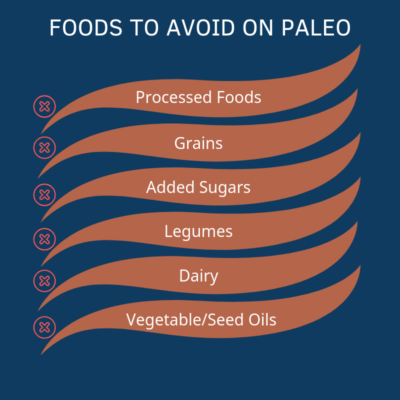
At the time of writing this article I’ve actually gone about 6 months without drinking any alcohol, ZERO!
I really didn’t think I would ever stop drinking because I had essentially drank some kind of alcohol every weekend for about 10 years. Most of that binging when in college…
So for me, the thought of not drinking was beyond unreal.
However, at the beginning of the year I started a spiritual fast to give something up for 21 days. I chose alcohol. After those 21 days I just stuck with it and 6 months later I still haven’t had a sip of alcohol.
I’ve seen numerous benefits from it and LOVE being able to start my mornings focused and recovered instead of spending the first half of Saturdays and Sundays nursing my hangover.
I save a TON of money by not buying alcohol.
I’m forced to find other activities that are enjoyable with friends other than just grabbing a drink. For example, I went paddle boarding with some buddies the other day that I may not otherwise have.
I think I will eventually have some drinks again in the future. And although the Paleo diet cuts out a lot sometimes what you get from it is better than the few moments of enjoyment while consuming those bad foods/drinks.
And if you look at a lot of these “avoid” foods and think “Oh I can never give up X” well I challenge you to try it for 21 days like I did with alcohol, and if you want to continue after that, great! If not, well then you’ll find another way to attain your health goals.
Treats and Indulgences
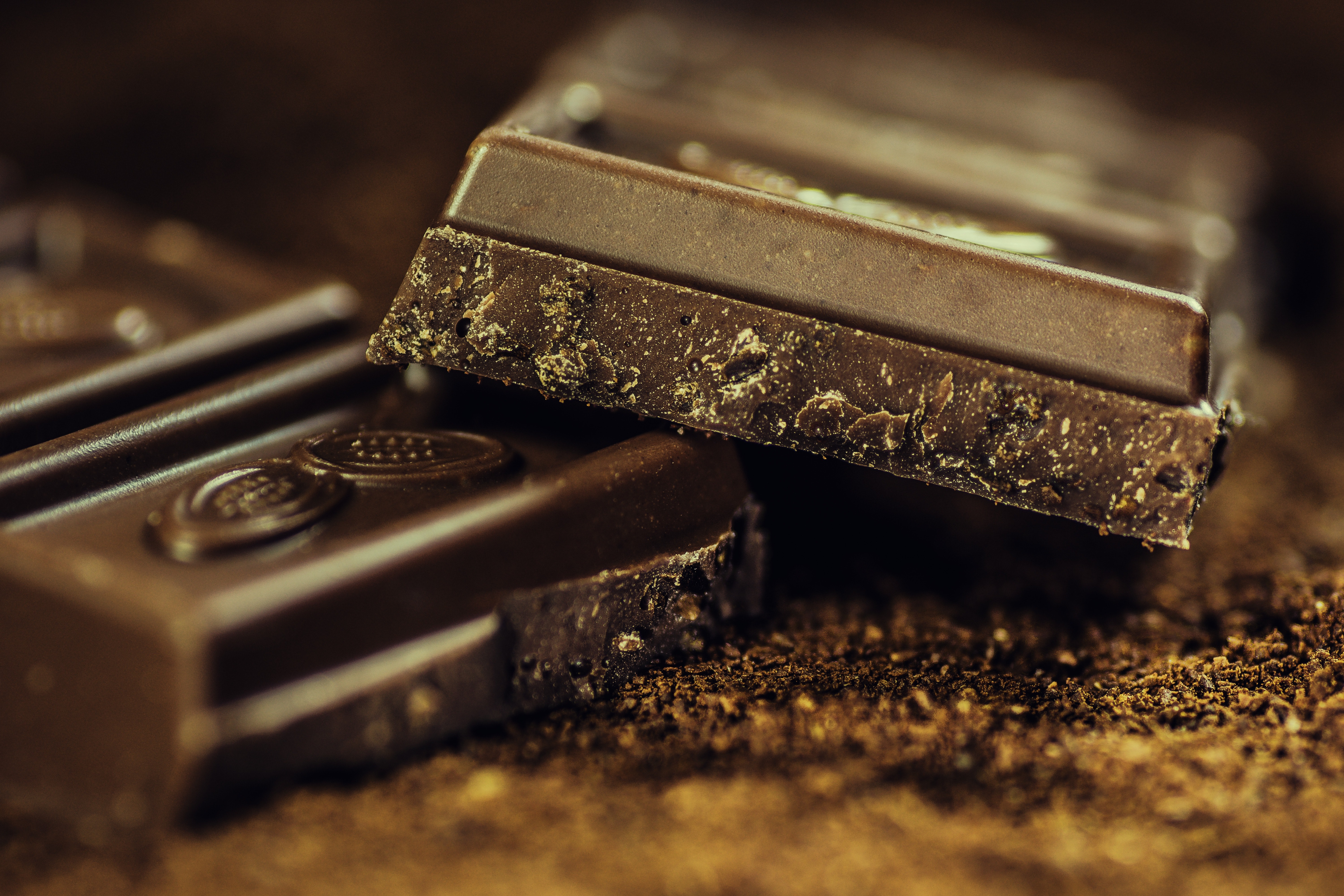 I’m a HUGE sugar fan. Always had a sweet tooth. Can you relate?
I’m a HUGE sugar fan. Always had a sweet tooth. Can you relate?
So for me to give up milk chocolate, candy, cakes, donuts and processed bars was probably the most difficult out of everything on this list, even more challenging than giving up alcohol (for now).
I feel a million times better when I’m not consuming processed foods, milk chocolate, sugary snacks and other items that are generally bad for us.
However, I still have my sweets I just make sure to stick as close to Paleo when I do; and you can too.
Paleo approved treat:
- Quality dark chocolate cacao 70% or greater. Benefits of dark chocolate:
- Nutritious
- Contain antioxidants
- Could improve brain function
- May reduce blood pressure and improve blood flow
- Paleo approved desserts
- Typically these can be home-made snack/protein bars and other desserts using almond/coconut flour instead of white flour.
Example Food List and Day Of Eating
Depending on how your diet looks today going Paleo may be a drastic change for you or a smooth transition. It’s always important to be sure to ease into it to ensure compliance in the long run.
Below is an example of a day of eating that I go through but there’s so many options you can go with.
Breakfast
- Smoothie with:
- Bone broth protein
- L-Glutamine (for gut healing purposes specifically for what I’m trying to heal from, leaky gut)
- 1/2 cup raspberries (frozen organic)
- 2 tsp cacao powder
- 1 tbsp almond butter
Lunch
- Large salad with:
- Mixed greens
- Olives
- Carrot shreds
- Tomatoes
- Home-made olive oil + vinegar in a bottle (shaken up before pouring)
- Bison meat or chicken or fish or ground lamb
Snack
- Handful of nuts (1 to 2 ounces)
Dinner
- Fish: Salmon or Tuna or Swordfish or Mahi Mahi
- Avocado
- Kelp
- Sweet potato wedges
- Bell peppers
Treat
- Dark chocolate
Paleo Is A Lifestyle Not Just Mimicking How Our Ancestors Ate
Paleo is a term that’s really supposed to symbolize a lifestyle and way to eat.
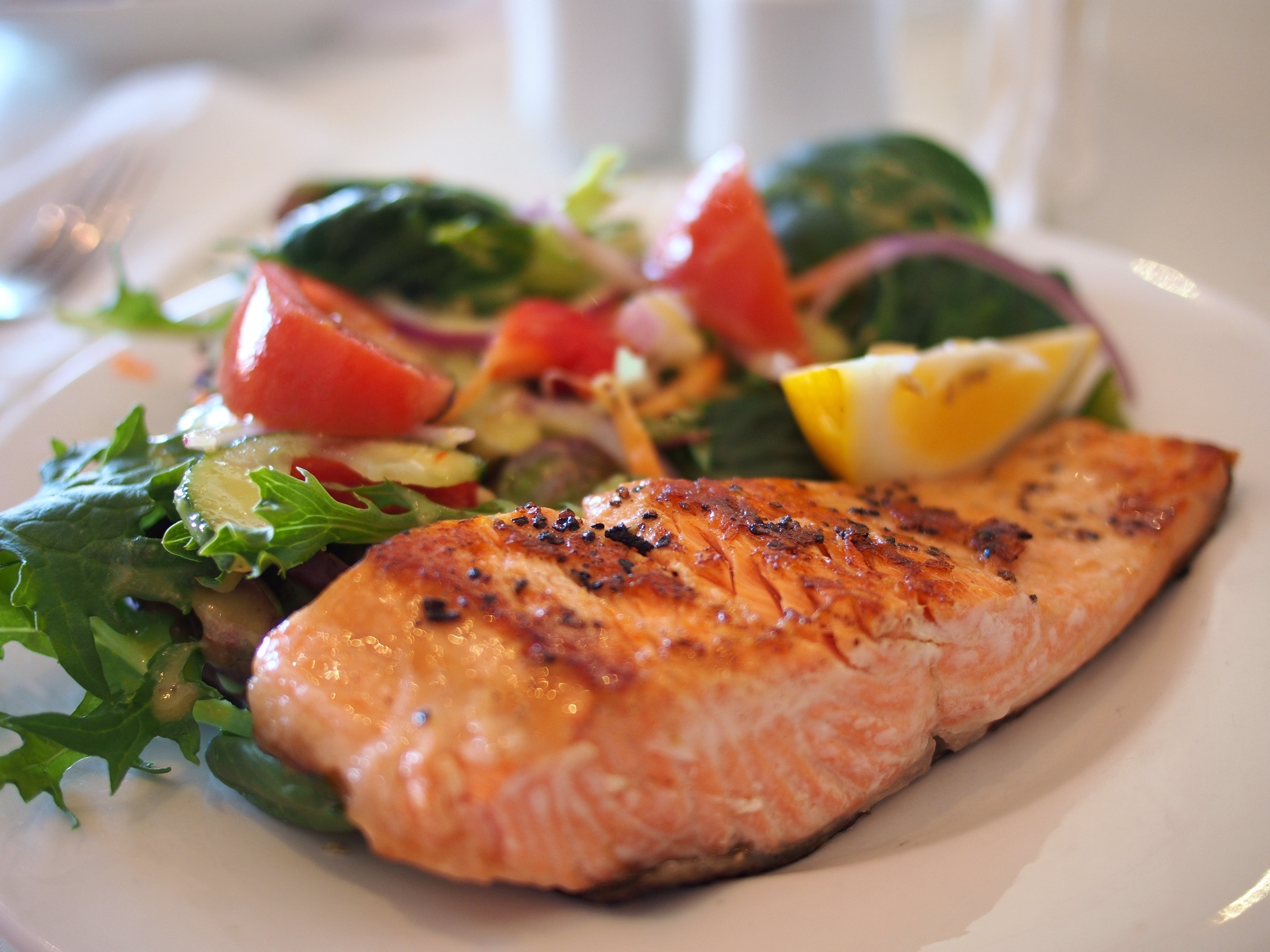
The lifestyle is to eat REAL foods. Such as vegetables that grew from the ground. Or animals that walked around at one point. Or fish, nuts, fruits and other things that the Earth has supplied
directly without being processed, refined, sprayed with back chemicals, genetically modified or more that’s currently being done to what we call “food.”
I get it though, those foods are cheaper, they’re more convenient and most importantly they typically taste better than their natural counterparts. I mean really, a bag of potato chips that’s greasy and crunchy and that you can’t stop eating or a plain baked potato…
However, you can make Paleo eating taste good and if you’re trying to go Paleo it’s bad idea to force yourself to eat stuff you don’t enjoy. It does give you options and always make sure you enjoy what you’re eating.
I was communicating with Peter Ungar, PhD, professor Anthropology at the University of Arkansas, and I asked him what his thoughts were on the Paleo diet. His response:
A Paleo diet will facilitate weight loss and the benefit that this brings. That said, I don’t think there is a single diet that our ancestors ate — and I am pretty sure that we’re genetically programmed for a broad spectrum of foods. Our versatility is the secret to our success as a species and the bane of our existence at the same time…
Essentially what he’s saying there is that our ancestors did eat a lot of different foods, which is why it’s difficult to emulate exactly what they ate in our diets today.
However, he also notes that we have created all these new foods and while they’re delicious we need to find or create a sustainable source of food in the future that doesn’t kill us slowly.
So it’s not just about going back in the past and eating like our ancestors and doing nothing else; because that may not work in the long run of the human race (if we ever make our way to space and beyond :))
But instead, look at how our versatility as a human race can propel us forward towards a healthier outcome for all people.
“Wait, I can’t eat pizza any more??”
I know, this is one of the worst parts of Paleo. Pizza is essentially everything not allowed on the Paleo diet with the bread, cheese and low quality meats.
However, it’s not like you never get to eat it again. It can be a treat on very rare occasions so as long as you’re eating 90% Paleo then you’re on a much healthier track than otherwise.
Body Composition Expectations
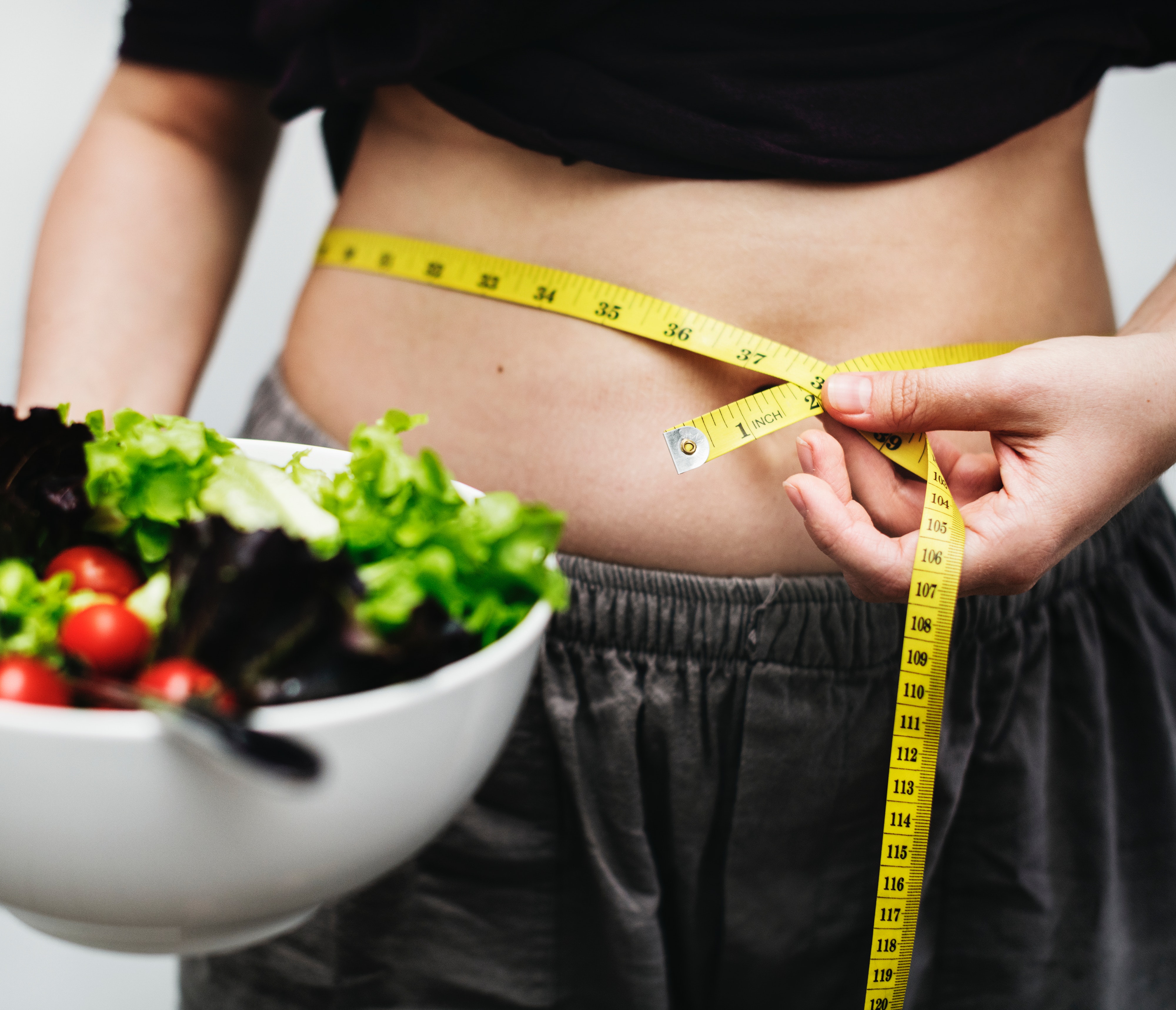
Adhering to the Paleo diet will most likely help you lose weight.
One of the main reasons why is that you’ll be eating significantly less carbohydrates than before because of all the greens and fats you’ll be consuming.
Each situation is unique and every person has their own set of challenges when on the road to Paleo. It’s important to note that me starting Paleo may be overwhelmingly different than someone else starting Paleo because I had already cut out bread a year before I went fully Paleo.
The carbs are a problem because they cause large insulin spikes and with every spike of blood sugar your pancreas sends out insulin to then reduce your blood sugar levels by storing the glucose in cells.
The more insulin sensitive someone is the better chance the glucose will get stored in muscle cells (which is what we want) versus insulin resistance which may then cause the insulin to store the glucose more into fat cells and storage (causes fat gain and the infamous “beer belly”).
There was a study done where they had obese women on a Paleo diet containing high protein and fats with limited carbs.
- The focus was on reducing fat in liver and skeletal muscle.
- Results: Fat in the liver was reduced by 47% in just 5 weeks!
- The waist to hip ratio and abdominal diameter also decreased significantly.
Paleo vs Keto vs Whole30
We’ve analyzed and broken down the Paleo diet (above) so I won’t go into explaining what that is.
But for those of you who don’t know what Keto and the Whole30 diet are then I’ll peel back the layers on these diets to see the similarities and differences between all three diets listed and which may be best for you.
The Keto Diet
Ketosis (Keto) is a metabolic state where instead of using glucose to fuel everything in your body it uses calories from fat instead.
Our bodies are well adapted to fasting throughout the evolution of the human species.
When looking at the Paleolithic era, and before, we have to acknowledge that people just didn’t eat some days because they literally couldn’t find anything to consume.
So the human body had to adapt to starving periods and it’s done so by using the fat from our bodies as fuel for our bodily functions.
Keto and Paleo are quite similar because they’re both low carbs.
To be on Keto you eat 60-80% of calories from fat, 20-30% from protein and 5-10% from carbs. With Keto it’s extremely unforgiving because your body has to shift from a glucose dependent metabolic state to a fat dependent metabolic state. That shift sometimes takes a week or two, which is why people that first start Keto are usually miserably tired, lethargic and drained.
But after a while the human body starts tapping into the fat to fuel the person.
Similarities
- Low carb diet
- Most of energy derived from healthy fats
- Elimination of grains and legumes
- Avoid added sugars
- Both usually help with weight loss
- Focus on healthy, clean foods
Differences
- Keto is super strict with carbs, you cannot go over a certain amount of carbs (or even protein) in a day or else you’ll risk getting thrown out of ketosis. Which then changes you from getting your energy from fats back to glucose.
- You’ll consume less carbs thus not getting some vital nutrients
- It’s difficult to sustain because of the limited foods you’re allowed
- Paleo is more of a lifestyle where Keto is more specific macro-nutrient intake measurements
- Keto allows some dairy and soy
Which is better?
They will both typically help with weight loss but Paleo is more sustainable for people in the long run because of the flexibility it allows whereas Keto is too strict to live in our modern lives sometimes.
Whole30
It’s a diet that’s focused on eliminating foods over the course of 30 days that may be problematic to your health or create cravings.
Then you slowly reintroduce certain foods.
But if you fall of course you have to restart.
Similarities
- Elimination of grains, dairy, legumes, added sugar, artificial sweeteners, processed foods.
- Eating healthy, whole, real foods
Differences
- Whole30 is a 30 day elimination diet where you are super strict on eating for those 30 days and if you mess up, you have to restart where Paleo has a more long-term lifestyle aspect.
Which is better?
Whole30 is good if you’re trying to take control of your eating, your cravings, for finding out what are trouble foods and taking massive action to do.
Paleo is more of a long-term lifestyle that has more flexibility.
It depends on what you’re goal is but for a long term diet Paleo is the clear choice.
My Personal Experience Going Paleo
I have mentioned it before but I have really bad digestion issues.
It started a little over 5 years ago and it came all of the sudden. I had just graduated college and never had any food sensitivities, allergies or bloating reactions before so I was just living life as a happy camper.
But then I moved to a new city, started my first full time job, wasn’t sleeping well, overworked myself and was generally stressed out. I was the most stressed out, anxious and fearful I had ever been. That’s what all started my gut health problems.
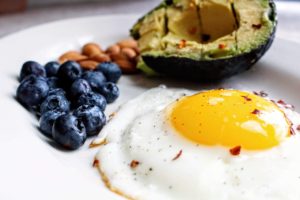 Looking back 5 years, my gut and digestion issues were in such horrible shape compared to what I’ve managed to come to today. Even as I’m writing this I still have some issues but they are significantly less irritating and debilitating than what they were even just a year ago.
Looking back 5 years, my gut and digestion issues were in such horrible shape compared to what I’ve managed to come to today. Even as I’m writing this I still have some issues but they are significantly less irritating and debilitating than what they were even just a year ago.
I finally cut out bread from my diet which helped dramatically.
Then I started cutting out other foods that bugged me.
After a while of eliminating certain foods I came across the Paleo diet and was ready to explore it.
It was daunting at first because of how drastically different you have to eat when on it.
But I was willing to do anything at that point.
I started on it and after a few weeks I had felt better than ever. Not only with digestive issues but my general lethargy basically went away, I got back a significant improvement in my focus again that had once been foggier than usual and I had this newfound energy.
Since being on Paleo I really don’t think I’ll ever eat any other way. From the research I’ve done, the books I’ve read and all the podcasts I’ve listened to it’s now instilled in me of how unhealthy foods are that we eat today which aren’t organically grown natural whole foods.
I’m beyond happy being on Paleo and not only for my gut health but I don’t get sick as much, I have more energy and my body composition is better than ever! I have 11% body-fat right now and I eat a lot of delicious meals.
So, ya I’m a huge advocate for eating like our ancestors and working out like them too.
Getting Started
Going from a fast food diet filled with sodas, processed foods, candy, alcohol, pizza, ice cream and other similar foods is not going to be easy. So if you’re starting off with that diet then you want to ease into Paleo slowly and over the long haul.
However, if you’re already a decently healthy eater but fed-up with feeling like crap, maybe digestive issues similar to me and wanting to truly be healthy then transitioning fully into Paleo may be a good option.
So when getting started it really matters where you are now. But either way here are some good steps to follow:
- EASE into Paleo, set general guidelines for yourself. For example, maybe once a week cut out one the “avoid” food categories until over a period of 4 to 6 weeks you’ve managed to be strictly adhering to the Paleo diet.
- Focus on eating whole, nutritious foods that are not processed
- Sleep more
Thank you for reading and hopefully this guide answered the question “what is the Paleo diet” for you.
If you like this blog post please share it so that it may help others as well.
Also if you have anything to say, questions, concerns or want to express something you don’t like about this please comment below; I always look for ways to improve what I do.
MEDICAL DISCLAIMER
All products, information, services and other content provided found on the thefitnesswrangler.com Website, including: text, images, audio, or other formats, including information that may be provided on the Site (directly or via linking to third-party sites by a healthcare or nutrition professional), were created for informational purposes only. The Content is not intended to be a substitute for professional medical advice, diagnosis, or treatment. Always seek the advice of a physician or other qualified health provider with any questions that arise regarding a medical condition. Never disregard professional medical advice or delay in seeking it because of something that has been read on this Website.
If there is a medical emergency, call a doctor, go to the emergency department, or call 911 immediately. Thefitnesswrangler does not recommend or endorse any specific tests, physicians, products, procedures, opinions, or other information that may be mentioned on thefitnesswrangler.com. Reliance on any information provided by thefitnesswrangler.com, Thefitnesswrangler employees, contracted writers, or medical professionals presenting content for publication to thefitnesswrangler is solely at the User/Purchaser’s own risk.
The conversations, advice, correspondence or other communications on or because of this website DO NOT constitute a doctor-patient relationship and DO NOT take the place of medical advice from your or any physician. Use of this website or anything written here IS NOT a medical relationship of any kind and you STILL NEED to talk to a doctor who knows you.

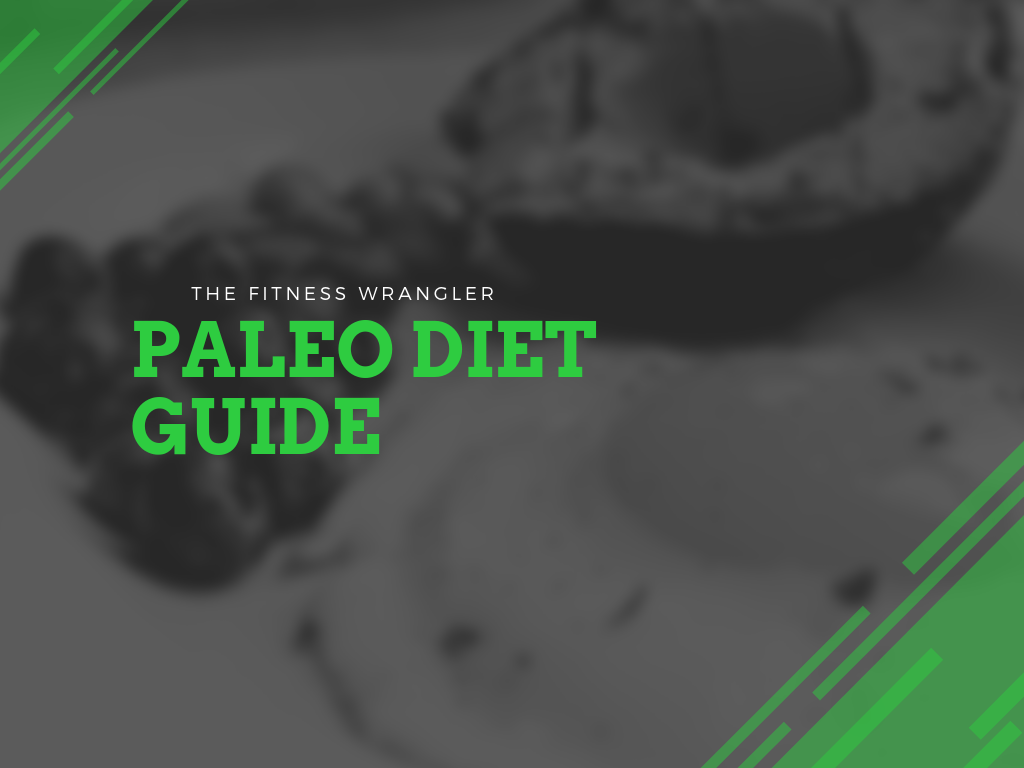
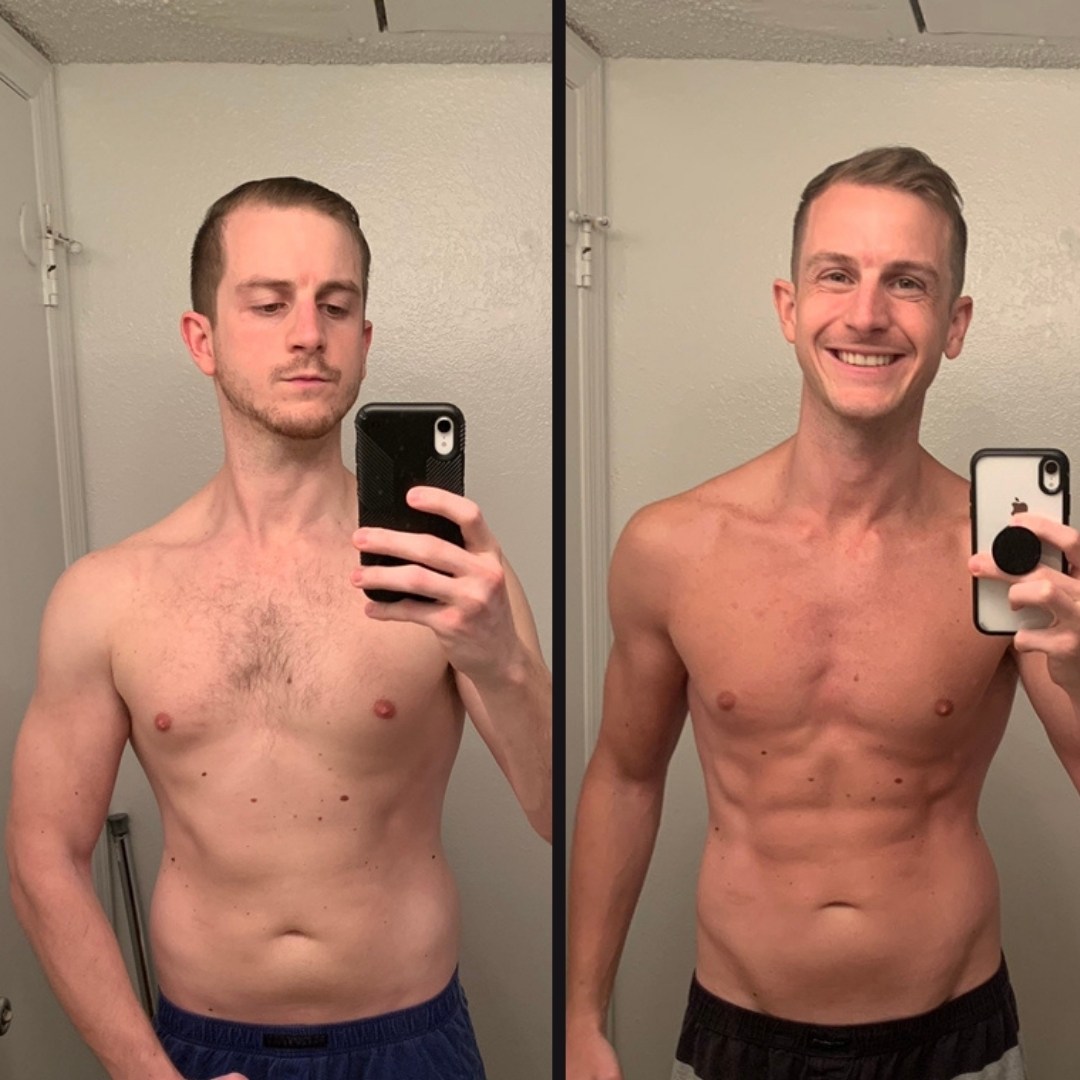

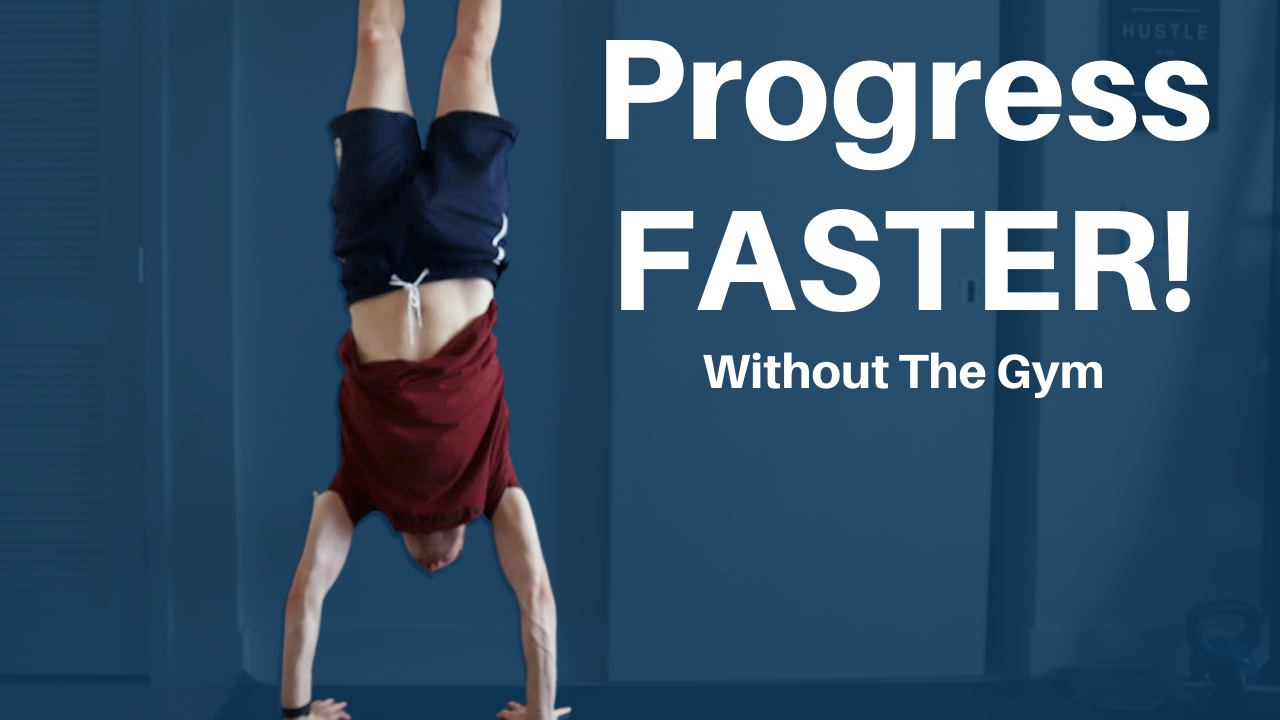
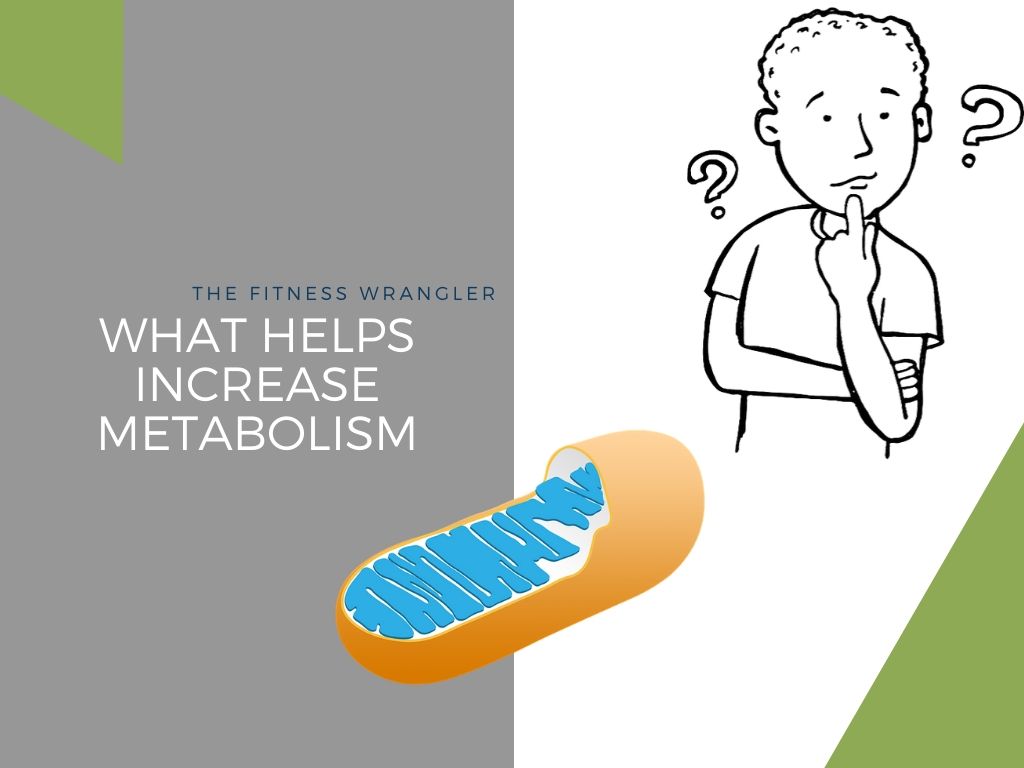
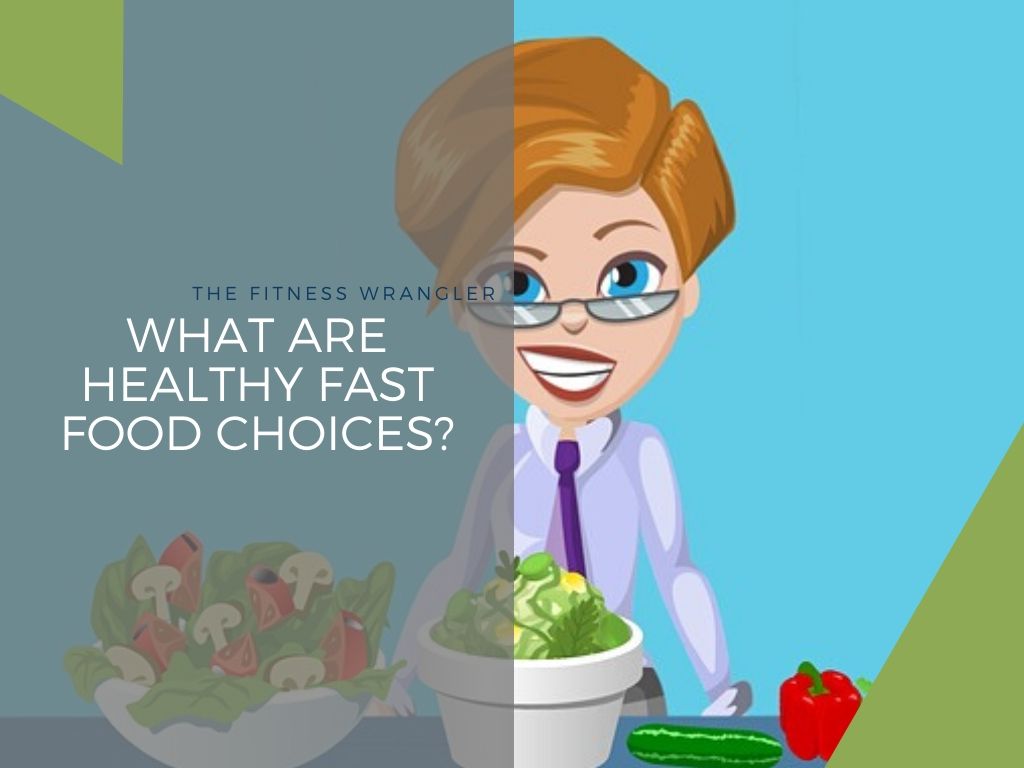
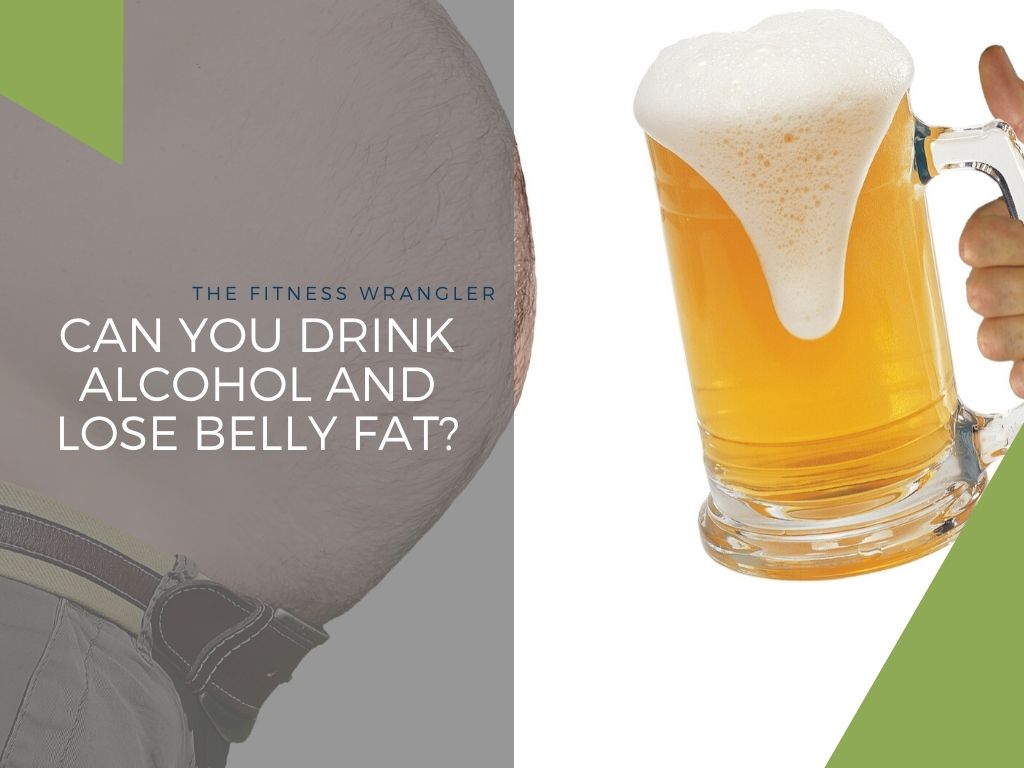
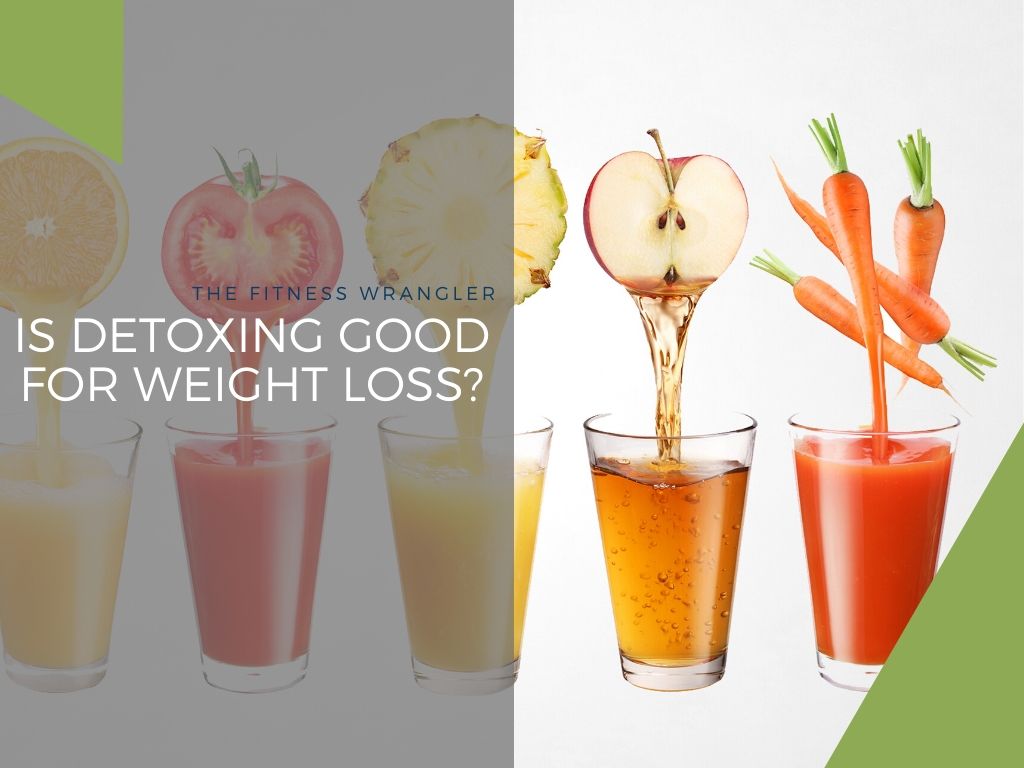
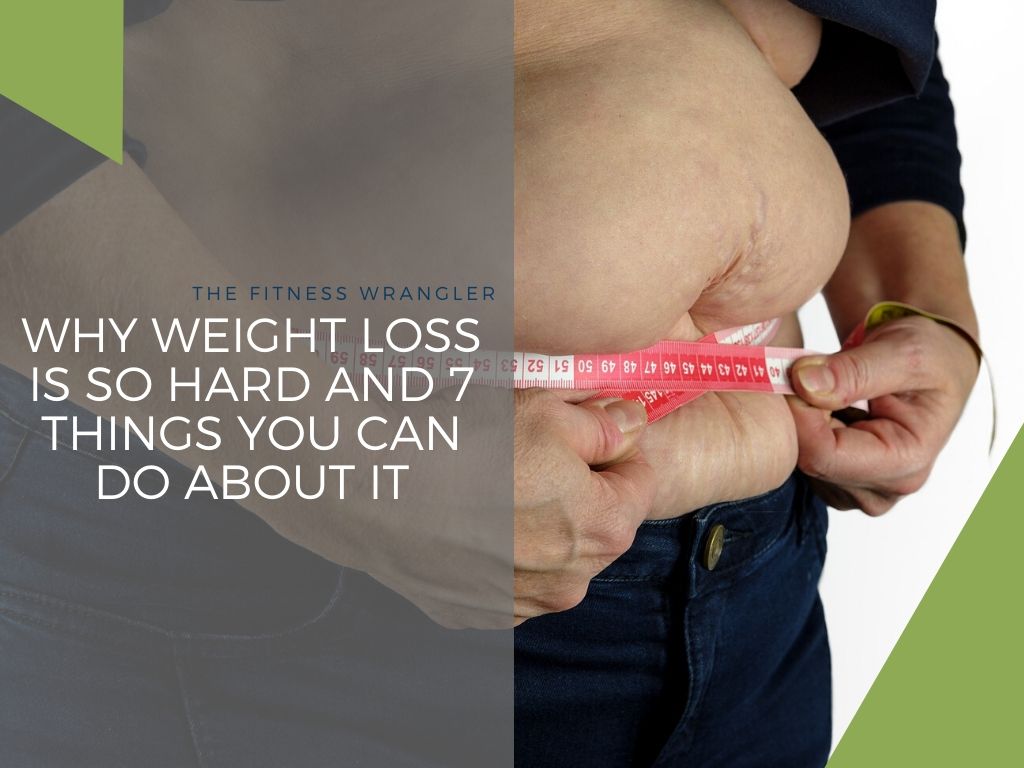
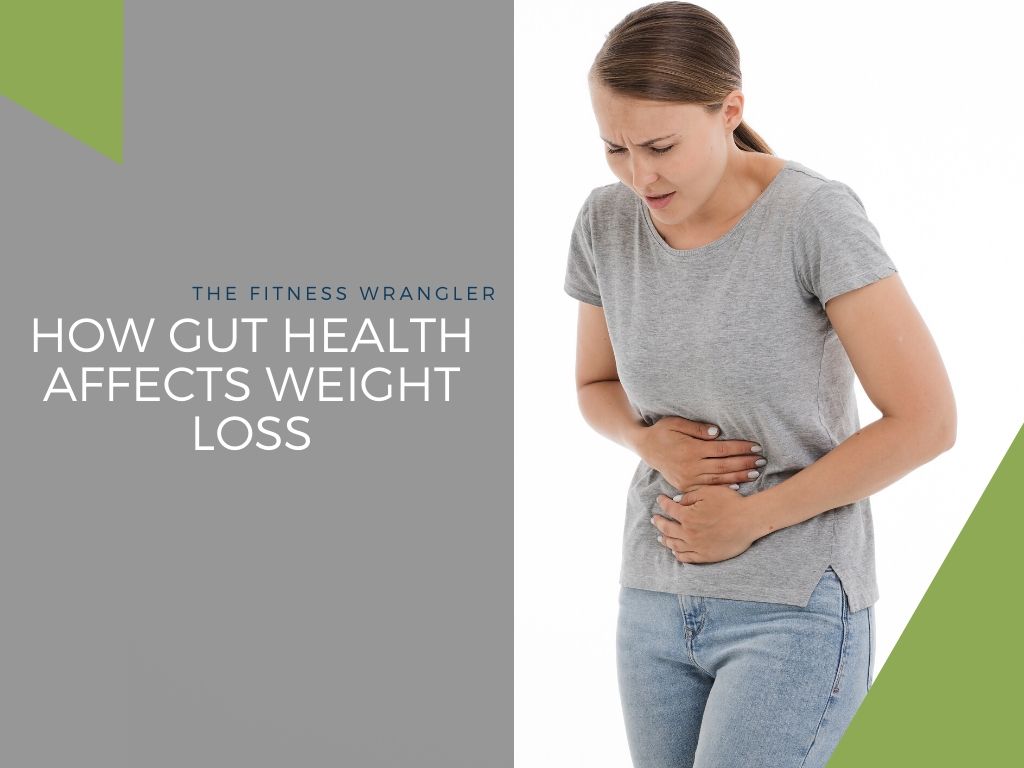
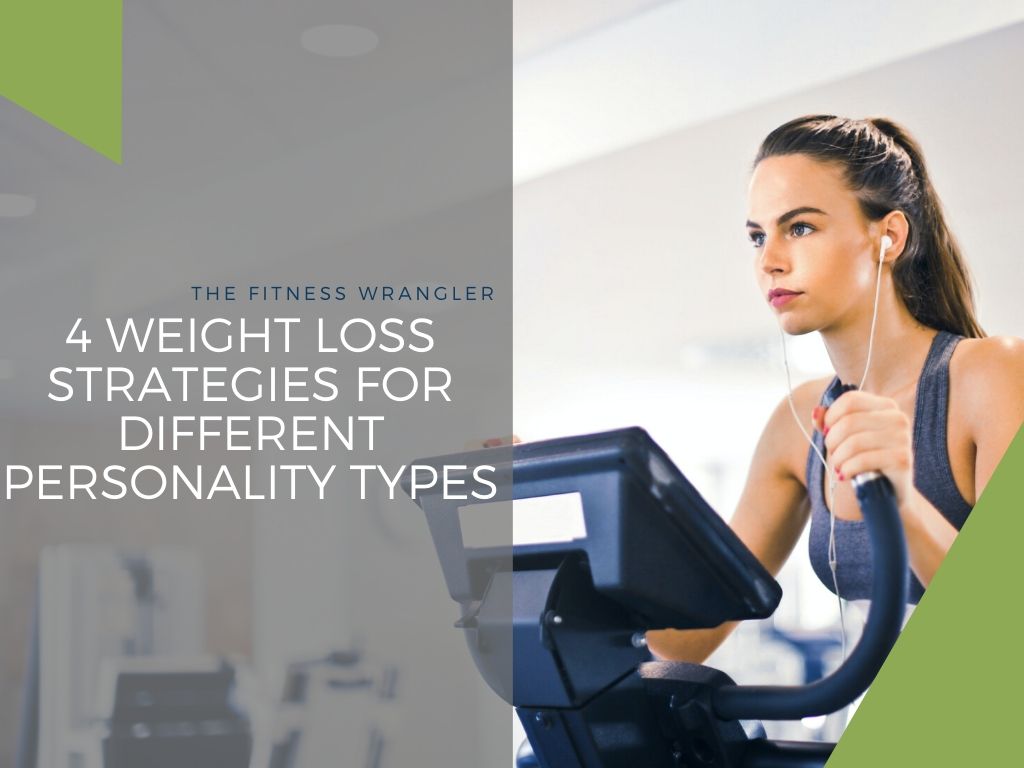
Leave A Comment